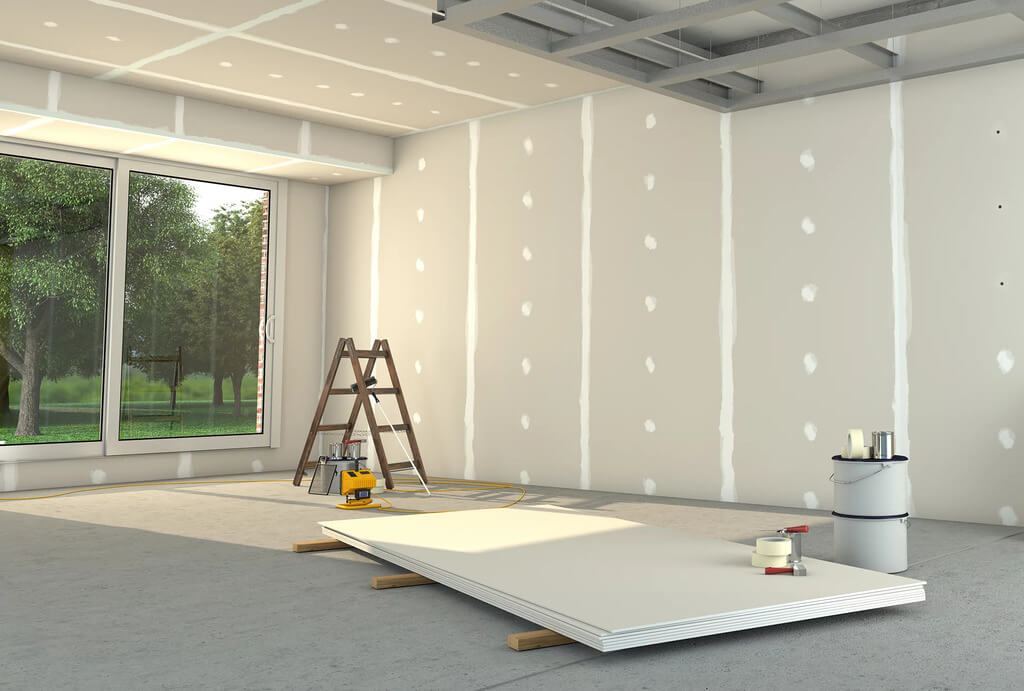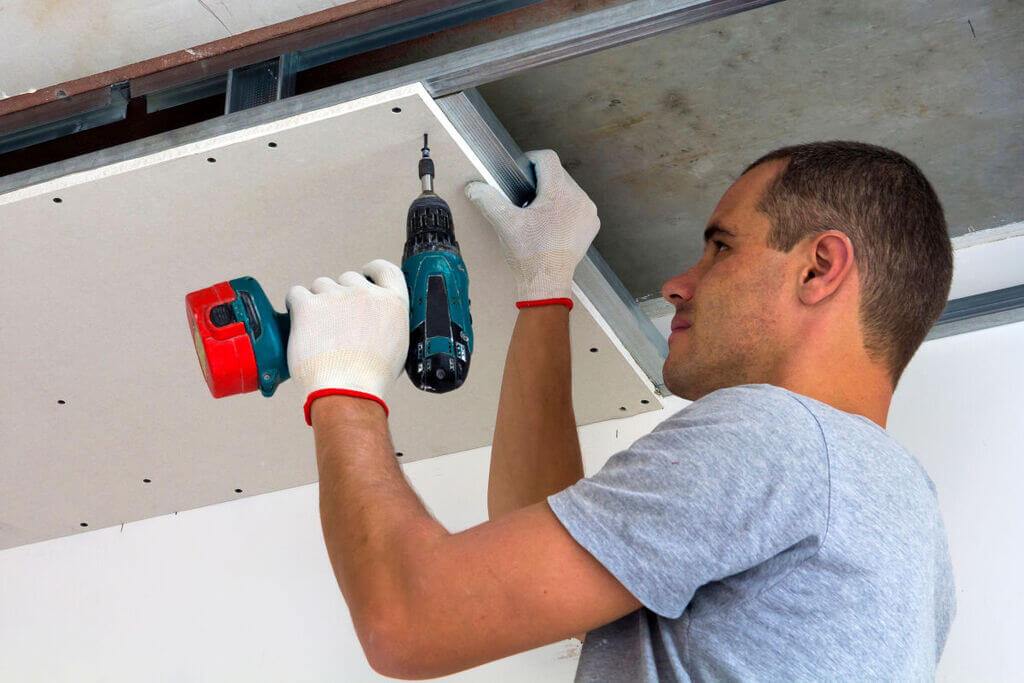Explore this post with:
Plasterboard, also known as drywall or gypsum board, is a staple material for building interior walls and ceilings. Made from a gypsum core sandwiched between durable paper or fibreglass mats, plasterboard is valued for its affordability, versatility, and ease of installation. Whether you’re tackling a DIY renovation or a professional build, plasterboard offers a range of benefits, from fire and mould resistance to sound insulation, making it an excellent choice for modern homes.
Why You Should Use Plasterboard?
When it comes to DIY projects around the home, you always want to ensure you are using the best projects. One handy material that has numerous uses in DIY is plasterboard.
This post will look at a few reasons why this is such a good material for walls, ceilings, fireproofing, soundproofing, or even decorative touches. Keep reading to find out more.
Cost-Effective

One of the main reasons to use plasterboard for your home improvement projects is the fact that it is cost-effective. Plasterboard is made up of readily available materials, including recycled paper, gypsum, additives, and water, and it is easy to make, so you can pick it up for affordable prices (especially when compared to alternative products).
Fire-Resistant

Another reason to use plasterboard in the home is that is it fire-resistant. Fire is every homeowner’s worst nightmare and can be a serious threat. Plasterboard is a material with a non-combustible core that stops the spread of fire and heat by releasing chemically-bound water when heated. This is why it is such a good material to use when fireproofing areas of your home.
Easy to Install

Plasterboard is also incredibly easy to work with, making it ideal for DIY. It is easy enough to cut plasterboard to size with a saw and easy to install as it is so lightweight. Alternative materials like wood or masonry can be a lot harder to work with, especially if you do not have proper training and/or are working alone.
Mould-Resistant

Another favourable property of plasterboard is that it is mould-resistant when you use wet area plasterboard. This is a plasterboard that prevents the build-up of the mould with the use of a special coating and ingredients in the core that stop moisture absorption.
Mould can be a major issue in building projects as it can cause damage and even harm your health. Areas like the bathroom and kitchen are susceptible to mould, so plasterboard is a smart choice for any projects in these areas.
Sound Insulation

Plasterboard can contribute to sound insulation by reducing the transmission of sound waves through walls and ceilings.
While plasterboard alone may not provide significant soundproofing, combined with other sound insulation techniques, it can help improve the acoustic performance of a space.
It’s important to note that achieving optimal sound insulation involves combining techniques and materials, with plasterboard playing a role in the overall system. The effectiveness of sound insulation will depend on factors such as wall thickness, cavity depth, construction quality, and the use of additional sound-absorbing materials.
Consulting with acoustic professionals or experts can help determine the best approach for achieving the desired level of sound insulation in a specific space.
Conclusion
These are 4 of the main reasons why plasterboard is such a good material for your home improvement projects, but there are others too. It is always important to carefully consider the materials you use in DIY, especially for projects involving walls and ceilings. Plasterboard is ideal because it has many favourable properties, it is affordable and easy to work with.
Discover More
About the Author: Nishant Desai
Nishant Desai has over 8+ years of experience in SEO and blogging. His blogging expertise can organically increase online visibility and traffic for blogs and websites. With his SEO expertise, he has already contributed to iGeeksblog, Firstsportz, and Firstcuriosity. In addition, he can create content strategies, conduct keyword research, publish optimized blogs, and resolve technical issues.




